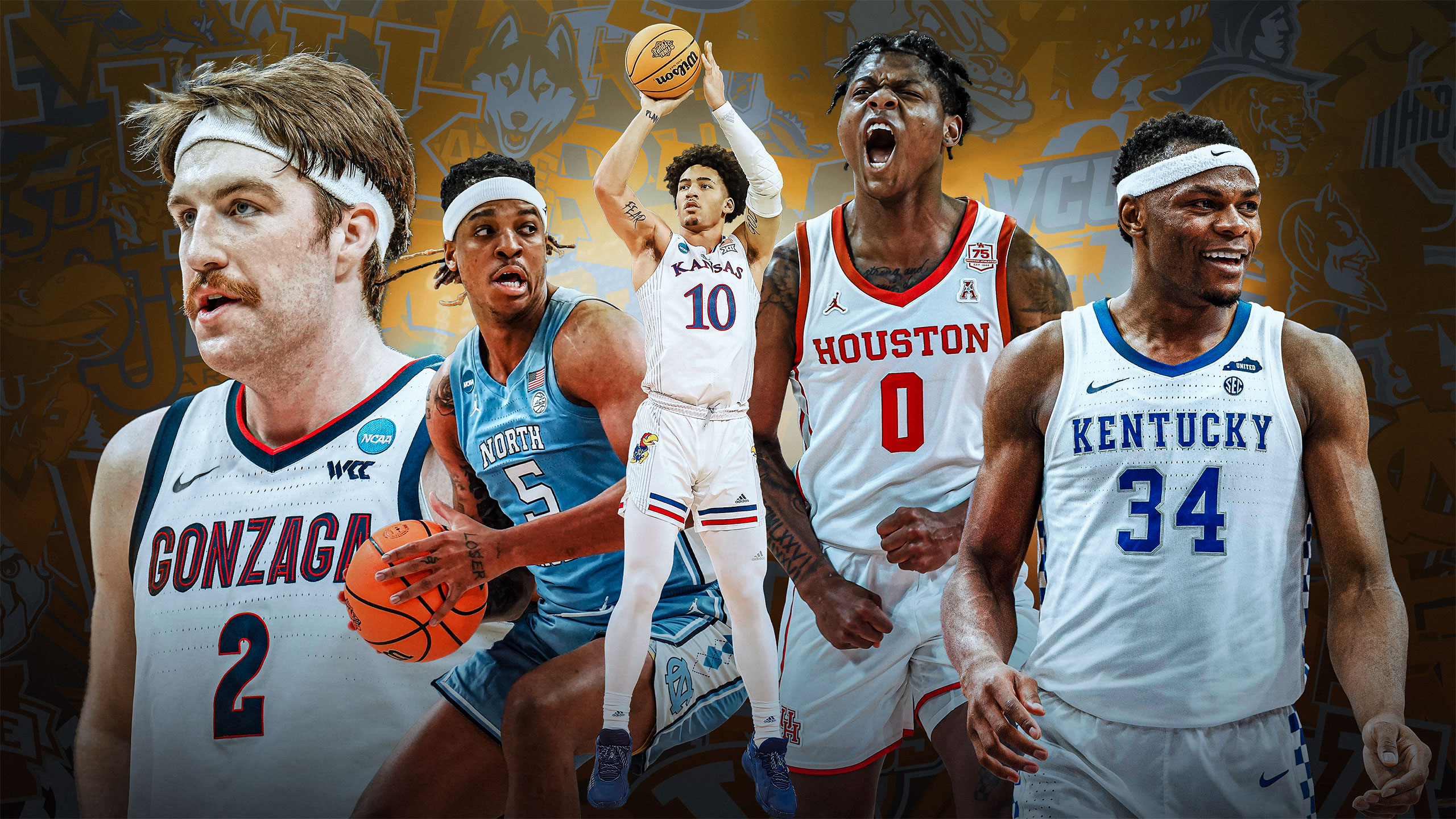You most likely have some questions after reading that headline. What is a high-major? What is in New Orleans? What is basketball? Ok, hopefully you didn’t ask that last one.
High-major college basketball consists of five (formerly six) conferences; the Big East (home to the UConn Huskies), the Big-12, the Big-10, the SEC and the ACC.
While that is considered standard procedure in the hierarchy of college basketball tier lists, I am willing to consider high-end mid-majors as high-majors.
That’s a mouthful, let me sparse things out.
Essentially, the highest end teams in tier two of the hierarchy play objectively better basketball than teams in the lower end of tier one.
Take that into consideration while reading. Now, New Orleans. The Big East is set to host to this season’s Final Four – the pinnacle of college basketball and the end-all for each of the 364 teams at the Division I level every season.
So, which of these so-called high-major teams have a sneaky shot at an all-inclusive stay in the birthplace of jazz this April? I explored for you. Here is what I found.
*Author’s note: for purposes of this article, the Mountain West, American Athletic and Atlantic-10 conferences have all been considered high-major.
Memphis Tigers (American Athletic)
Penny Hardaway’s tenure at the helm has been traumatic – to put it bluntly – for all of those that follow Memphis basketball.
The Tigers’ blissful highs of ranked wins on neutral courts and regular season conference championships have been overshadowed by the cataclysmic lows of quad-four losses (the bottom quad of college basketball) and early exits in March.
To prevent another knock-out blow in the second week of March this season, Hardaway went all-in on the transfer portal, grabbing premier talents such as PJ Haggerty, Tyrese Hunter and Colby Rogers to fortify the backcourt.
The Tigers emphatically stamped their name onto the college basketball landscape this season after defeating Connecticut in Maui back in November. Memphis currently ranks No. 17 in the AP Poll, has notched wins over Missouri, UConn, Michigan State, Clemson, Ole Miss and UAB and spearheads the country in 3 point percent (40.3).
Analyzing Memphis through the lens of KenPom’s four-factors (statistics common for each of the last 28 national champions), it becomes evident that the Tigers are saddled into the upper-tier of title contenders.
Memphis ranks 36 nationally in EFG percent (55.1), 30 in FTA/FGA rate, 111 in OR percent (32.4) and 55 in turnovers forced (20.1 percent). What’s better; Hardaway has instituted a lightning-quick tempo of 16.1 seconds per possession (70.1 adjusted tempo rating), which teams such as Alabama and Illinois used to reach the Elite 8 and Final Four last season.
The ingredients are there for Hardaway: talent, tempo and tenacity. Can he gain the nation’s trust? To be determined.
Michigan Wolverines (Big-10)
After Juwan Howard’s tenure ended in a disastrous 8-24, first round of the Big-10
tournament exit, Wolverine executives opted to poach Florida Atlantic Head Coach Dusty
Maye — who brought the Owls to the Final Four in 2023 – from Boca Raton.
Maye brought some of his guys with him, too. Vladislav Goldin, the seven-footer who
wrecked opposing front courts during the Owls’ 2023 run, along with Danny Wolf, the
Yale standout who played the seven-foot point guard role, both made their way to Ann
Arbor.
Not many expected Maye to operate with two seven footers on the court at once, but
that is exactly what has unfolded mid-way through Big-10 play.
Wolf and Goldin have combined to average 27.9 points, 16 rebounds and 4.9 assists
per game this season, establishing themselves as the nation’s best frontcourt duo.
Buoyed by its frontcourt, the Wolverine guards operate at a significantly reduced stress
level, with most double-teams being focused on Goldin/Wolf. Tre Donaldson has
stepped up in the backcourt, averaging 12.7 ppg on a 42.2 percent mark from three.
The Wolverines are one of the best – and most consistent — shooting teams in America,
ranking sixth in 2 point percent (59.5) and seventh in EFG percent (57.3).
Operating under its unique, smashmouth style makes defending this Michigan team
very tricky. I would not be surprised if Wolf will be throwing lobs to Goldin in the
Superdome come April.
New Mexico Lobos (Mountain West)
Losing two of America’s best players via the portal this off season spelled doom for New
Mexico to many around the college basketball landscape. JT Toppin’s untimely
departure for Texas Tech stung even more after lead guard Jamal Mashburn Jr. left for
Temple, as the Lobos were left with a young, inexperienced roster under head man
Richard Pitino.
Yet New Mexico has reached 19 wins and has won 11 of its last 12 – taking sole
possession of a vaunted Mountain West.
Who has stepped up? Donovan Dent (19.3), Nelly Junior Joseph (13.7) and Mustapha
Ali (12.5) lead a pack of Lobos scorers running one of the country’s fastest paced
offenses.
New Mexico’s average possession time of just 15.1 seconds ranks eighth in the nation,
and its blistering 72.4 adjusted offensive tempo ranks among the top this decade on
KenPom.
Despite not being as highly efficient at the rim as some of the other top programs in the
country, New Mexico has found its stride offensively in conference play, scoring 75+
points in nine of 12 MWC games.
But what if I were to tell you the Lobos’ strength loomed on the other side of the court?
New Mexico’s 32 ranked defense has developed a knack for turnovers (19.9 percent) and
has stonewalled opponents on the offense glass (26.5 percent offensive rebound rate
allowed). The Lobos rarely foul yet rank in the top 15 in blocks and top 60 in steals.
This team is outright terrifying from a profile perspective and can very well find
themselves in New Orleans as a five or six seed.




Leave a Reply